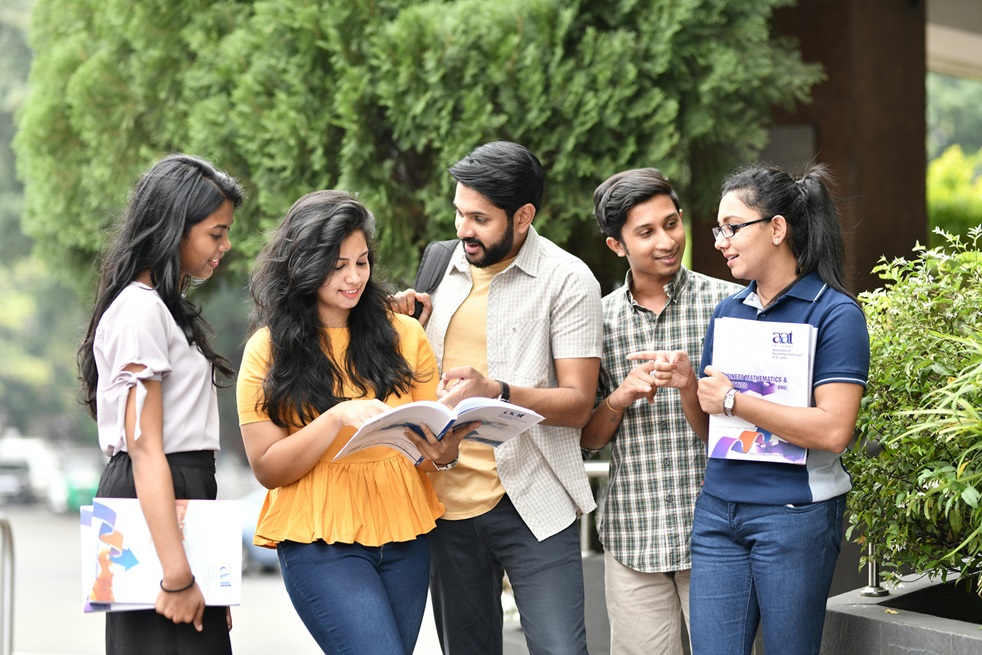Highest Indian Student Enrollment in US Universities
Indian students have consistently been a significant group among international students in the United States, and 2024 has marked another year of growth. This article delves into the enrollment trends, the distribution across educational categories, comparative statistics with students from other countries, and the broader implications of these patterns.
Enrollment Trends in 2024
As of 2024, over 270,000 Indian students are enrolled in U.S. institutions, marking an increase from the previous year. This growth is fueled by several factors, including the lifting of pandemic-related travel restrictions and streamlined visa processes. For context, Indian students now constitute approximately 21% of the total international student population in the U.S., surpassing China, which historically dominated these numbers but saw a slower growth rate this year.

Indian Enrollment Data in US Universities
University of Southern California (USC):
Known for its engineering and technology programs, USC has over 5,000 Indian students enrolled in various graduate and postgraduate programs. Popular courses include computer science and data analytics.
University of Illinois Urbana-Champaign (UIUC):
Hosting approximately 4,200 Indian students, UIUC is a preferred choice for engineering and IT disciplines, with significant participation in its AI and robotics research labs.
Massachusetts Institute of Technology (MIT):
MIT’s reputation for cutting-edge research attracts a smaller yet highly competitive number of Indian students, estimated at around 700–1,000 annually, mainly in Ph.D. and STEM fields.
Texas A&M University:
This university boasts around 3,500 Indian students, particularly in engineering and business management programs. Its emphasis on affordable education and a strong alumni network makes it a key destination.
University of California, Berkeley (UC Berkeley):
Berkeley enrolls close to 3,800 Indian students, focusing heavily on STEM, economics, and entrepreneurship. Its Silicon Valley proximity enhances its appeal.
Johns Hopkins University:
With over 1,500 Indian students, primarily in healthcare, public health, and management studies, Johns Hopkins stands out for its specialized programs.
University of Michigan, Ann Arbor:
Nearly 4,000 Indian students are enrolled here, driven by its strong engineering, automotive design, and economics programs.
University of Texas at Dallas (UTD):
UTD is a hub for Indian students in STEM, hosting approximately 6,000 students, making it one of the largest centers for Indian higher education in the U.S.

Category-Wise Distribution
Graduate Programs: Indian students predominantly pursue graduate studies, particularly in STEM fields (Science, Technology, Engineering, and Mathematics). These disciplines account for over 75% of their total enrollment.
Undergraduate Programs: While graduate studies dominate, undergraduate enrollment has also grown by approximately 10% compared to last year.
Optional Practical Training (OPT): Many Indian students participate in OPT programs, with about 40% of STEM-OPT participants in 2024 hailing from India, benefiting from the extended 36-month work period available for STEM graduates.
Comparative Insights
Indian Students vs. Other Nationalities
India’s 21% share in the international student population outpaces China’s 19%. This shift highlights India’s growing prominence as the leading source of international students in the U.S. Notably, other countries like South Korea, Vietnam, and Saudi Arabia also contribute significantly, though their numbers are relatively stable.
Year-on-Year Comparison
In 2023, Indian enrollments saw a dramatic 35% rise, recovering from the pandemic-induced decline in prior years. The growth rate in 2024 stabilized at 15%, still robust compared to historical trends.
Regional Preferences
The most preferred regions for Indian students include the Northeast and the West Coast, with universities like MIT, Stanford, and UC Berkeley attracting a large share of the brightest minds
Benefits to the U.S. Economy and Academic Environment
Indian students bring significant contributions:
Economic Impact: In 2024, international students contributed $41 billion to the U.S. economy, with Indian students being a major part of this figure.
Cultural Exchange: Indian students enrich U.S. campuses with cultural diversity, fostering cross-cultural learning among peers.
Research Contributions: Many Indian students are involved in cutting-edge research, particularly in technology and medicine
Challenges Faced by Indian Students

Despite these positives, challenges persist:
High Tuition Fees: Rising educational costs continue to be a concern for many families.
Post-Graduation Opportunities: Although programs like OPT provide work experience, securing long-term employment or visas remains a hurdle.
Cultural Adjustment: Moving to a foreign country often requires significant adjustments, both socially and academically.
Significance of the Trend
The growing number of Indian students in the U.S. signifies:
India’s Aspirations: The trend reflects the aspirations of Indian families to provide global exposure and quality education to their children.
U.S. Competitiveness: With Indian students choosing the U.S. over other countries like Canada and the U.K., it highlights the enduring appeal of American education
Disclaimer
This blog is for informational purposes only. The data presented is based on publicly available sources and trends as of 2024. While every effort has been made to ensure accuracy, readers are advised to consult official resources or academic institutions for the latest information. The author and publisher assume no liability for actions taken based on this blog.


Recent Comments